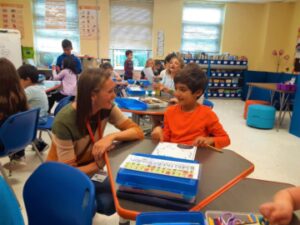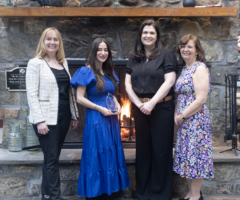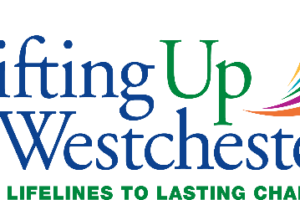 Every day, students across all grades at Todd Elementary School practice positive affirmations. As part of newly-appointed Principal Jessica Michaelidis’s initiative, students in each grade focus on a new positive affirmation each week and practice it throughout the day.
Every day, students across all grades at Todd Elementary School practice positive affirmations. As part of newly-appointed Principal Jessica Michaelidis’s initiative, students in each grade focus on a new positive affirmation each week and practice it throughout the day.
“This is based on the Seven Strengths of a Super Reader that are embedded in our new Scholastic Literacy curriculum, so we wanted to work within the framework that was provided,” Michaelidis said. “We have monthly themes: for example, September was belonging, October is hope, November is gratitude. We announce the weekly affirmation that relates to the month’s theme during the morning announcements on Monday and then every teacher references this affirmation each day in the morning meeting. Together, the students in class share ideas and experiences related to it. The teachers also infuse it throughout the day during various lessons.”
According to Michaelidis, this is something she introduced in her previous position as an assistant principal at another school.
“The teachers embraced it there and it provided a coherent positive message on a weekly basis across the school,” she said. “This summer Assistant Principal Anne Marie Foley and I met with a group of teachers at Todd and together we came up with 40 positive affirmations – one for each week – that are all related to the specific monthly themes.”
“The goal is building community, building relationships and also developing social-emotional skills,” she said.
Another way for students to practice the affirmations is during the students’ monthly mindfulness lessons with counselor Gillian O’Connell.
At a recent mindfulness lesson in Vanessa Sa’s second grade class, O’Connell rang a bell and students closed their eyes for a short period of relaxation, where they sat still with their eyes closed, until she rang the bell again.
Afterwards, O’Connell and the students discussed the meaning of an inner voice.
“The inner voice is the voice we hear in our heads – how we feel and think about ourselves, our abilities and the world around us,” O’Connell said.
She read to the students one scenario in which someone had negative thoughts before playing a baseball game and another one, in which someone had positive thoughts, and she discussed the difference between them.
“In the first situation, the mind wasn’t saying good words,” Reed said. “In the second situation, the mind was saying words like ‘you can do it’.”
“That’s correct,” O’Connell said. “In one situation, the mind was saying negative things and the person was beating themselves up, as opposed to the other situation, where the mind was saying positive things and the person was building himself up. So the voice in our heads can help us do positive things and be successful.”
She then asked the students if they remember last week’s affirmation.
“I can do hard things!” one student called out.
“That’s correct,” O’Connell said and proceeded to read the book “I Can Do Hard Things: Mindful Affirmations for Kids,” by Gabi Garcia.
Afterwards, students discussed various difficult things that they have to do.
“We can choose to say ‘this is too hard, I give up,’ or we can say ‘I got this. I can do it!’ That’s our inner voice that is speaking to us,” O’Connell said.
She handed the students paper to color a picture about something hard they have to do, whether at school or outside of school. Students wrote and drew pictures of difficult things, like doing math, or getting lost at the airport.






